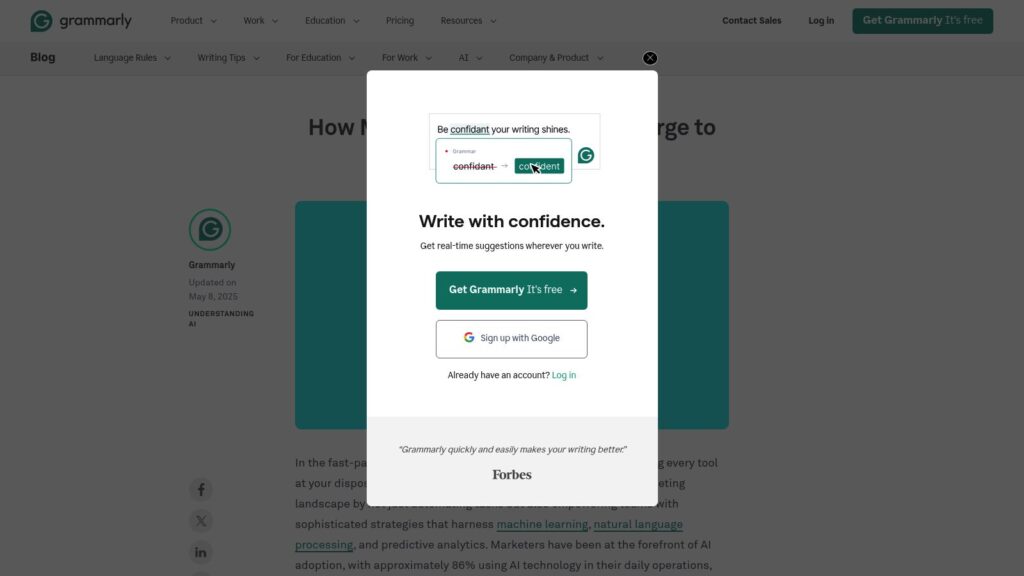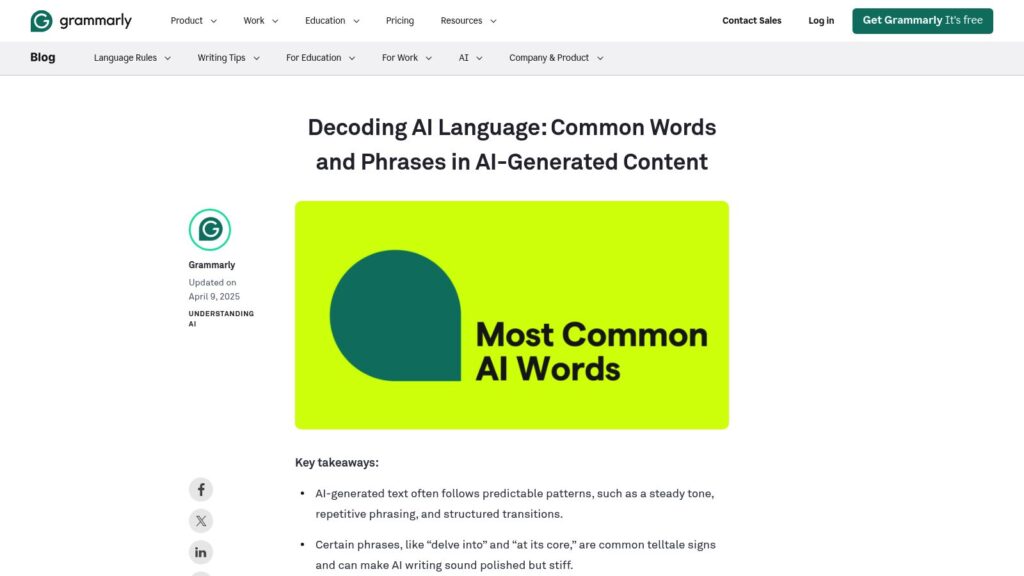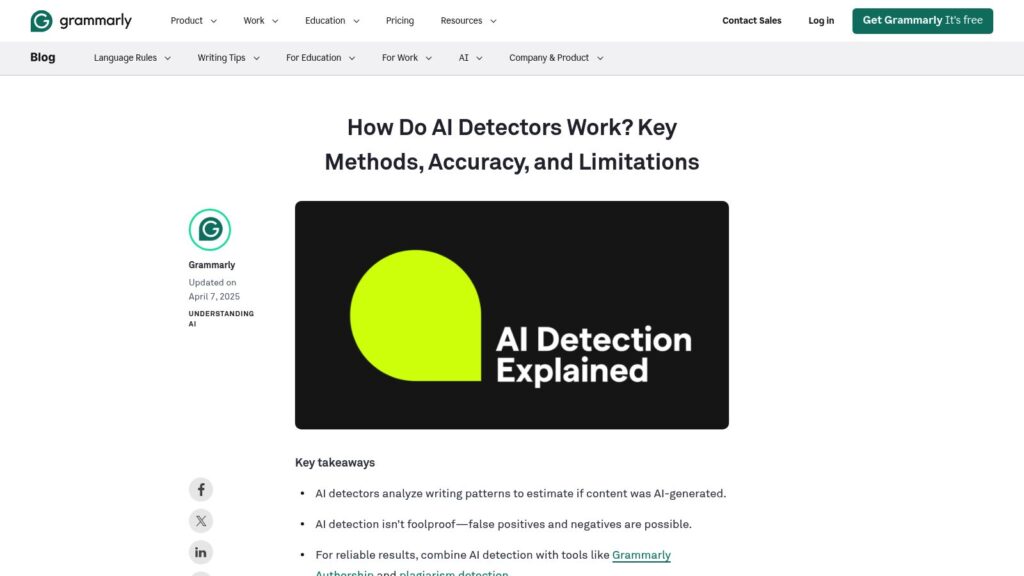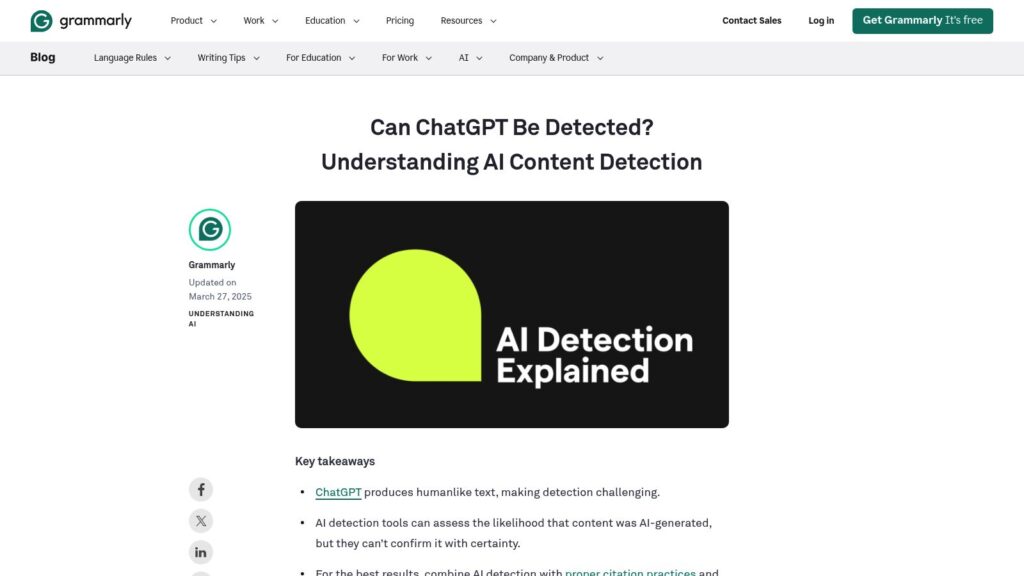How Marketers Can Lead the Charge to AI Fluency and Innovation
AI revolutionizes marketing by automating tasks and enhancing strategies, but only 5% of marketers are fluent in AI. This highlights a gap in its strategic integration. While many marketers use AI for short-form content and communication, they underutilize it for long-form content and internal communications. To improve AI fluency, marketers should integrate AI across all workflows, prioritize internal and external collaboration, and ensure consistent brand messaging. Fully leveraging AI can transform marketing effectiveness and drive business growth.






